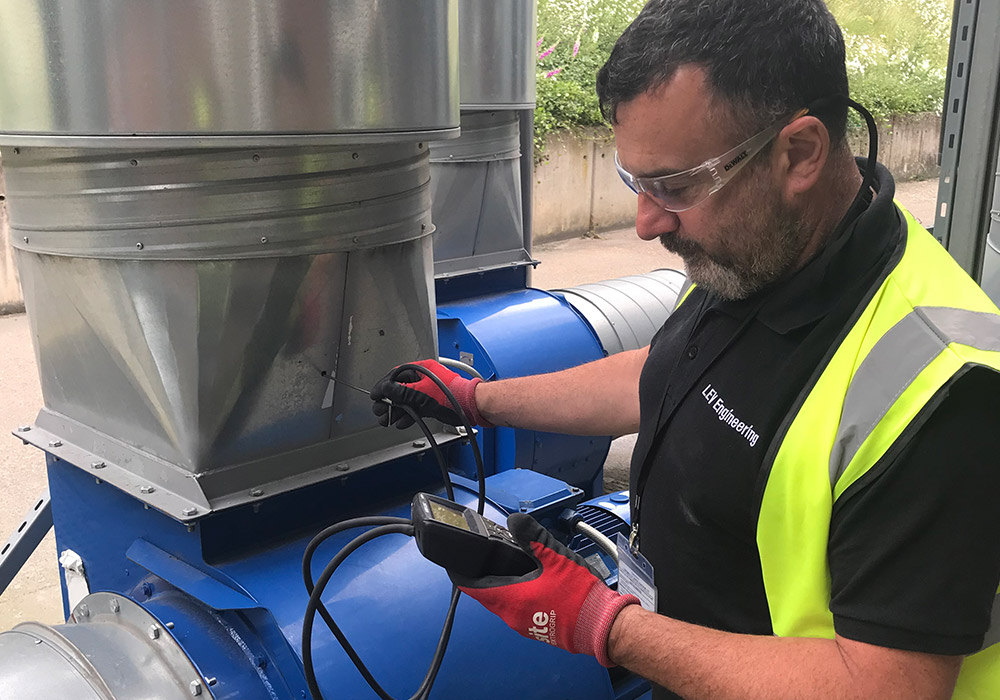Everything You Need to Know About LEV Testing
Under the Control of Substances Hazardous to Health 2002 regulations, employers are legally required to ensure that their employees are not exposed to harmful airborne contaminants in the workplace.
In many instances, LEV systems are installed to remove these contaminants at the source and deposit them safely away from the worker’s breathing zone. This method ensures that the employee is not exposed to harmful contaminants and can work safely without risk.
HSE guidelines state that any employer who operates a LEV system in their workplace must maintain its working order so it continues to provide the necessary protection. Failure to do this may result in an increased risk of illness for the employee and severe fines for the employer.
This article answers some of your most asked LEV testing questions.
Do I need my system testing?
Every employer who operates a LEV system is required by law to have it thoroughly tested to verify that it is offering the protection it is intended to.
In addition, you are also required by law to keep the test report on file for five years.
How often do I need to get my system tested?
Testing is a mandatory requirement and should be carried out by a competent professional every 14 months.
Who should perform a test?
Testing should be carried out by a LEV competent individual with the P601 qualification. This qualification ensures that the examiner has the necessary theoretical knowledge and practical skills to carry out testing services.
What do I need to provide to my examiner?
When your system is initially installed, you will be provided with the following documents:
- User manual
- Logbook
- Commissioning report
You must keep hold of these documents as you will need to give them to the person carrying out the test so they can perform the necessary checks.
What does the examiner test for?
Initially, the examiner will perform a detailed visual examination to ensure the system is clean, in good working order, and has no visible damage.
Next, the examiner will use airflow and pressure instruments to test performance and measure flow rates and efficiency.
What happens next?
The examiner will provide an examination report stating whether the system meets the intended performance requirements. If it does, the system will be labelled accordingly to verify this.
Like a vehicle MOT, if the system does not meet its intended level of performance, the examiner will advise how it can be fixed.
Need your system testing?
Our P601 qualified engineers test LEV systems in accordance with COSHH regulations using fully compliant techniques and equipment.
For more information on our LEV testing services, please call us on 0116 2764522 or email sales@levengineering.co.uk

